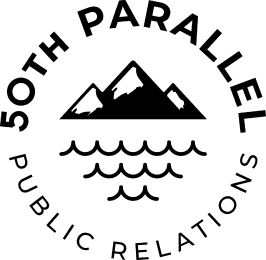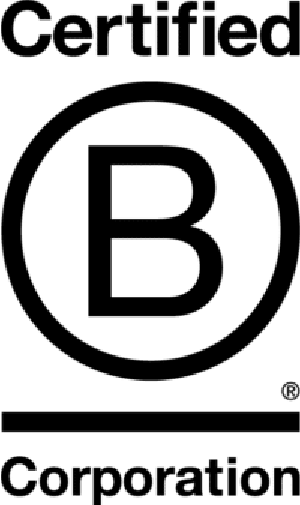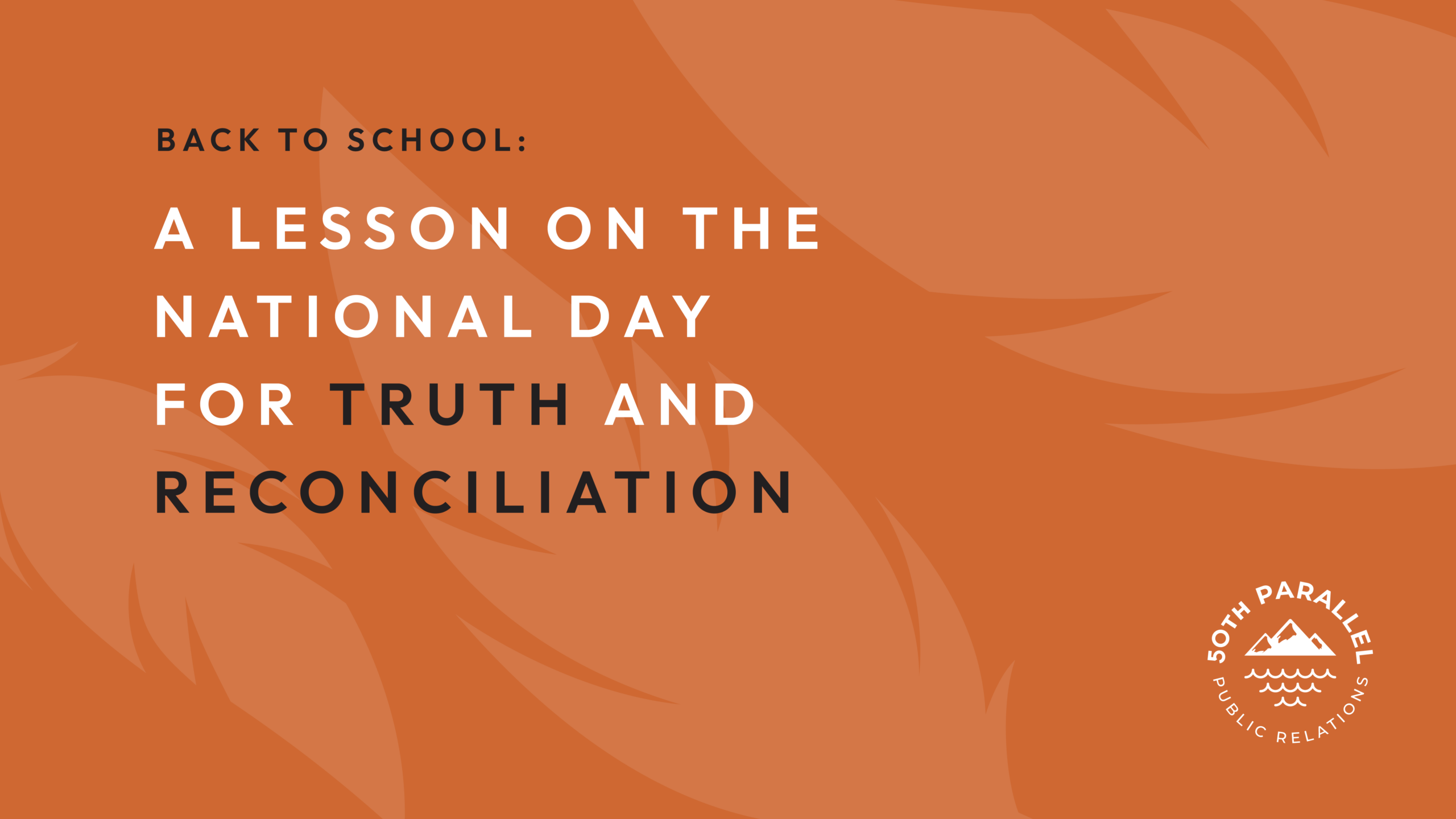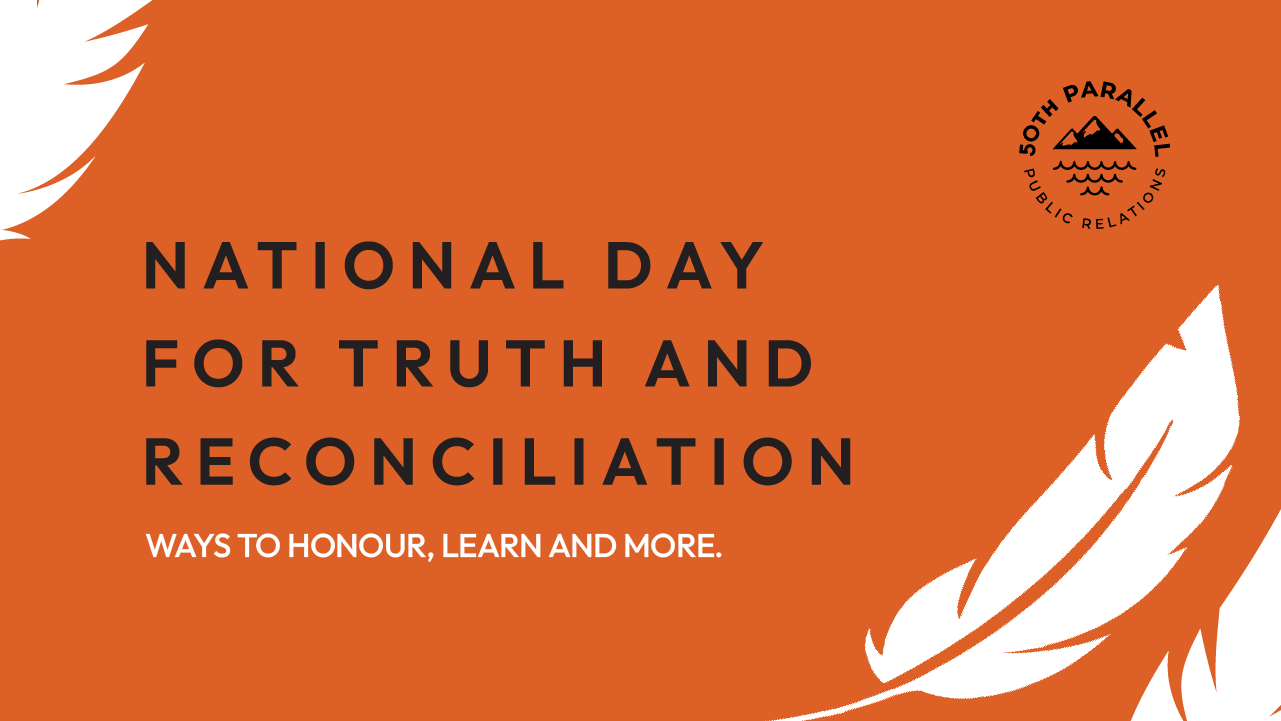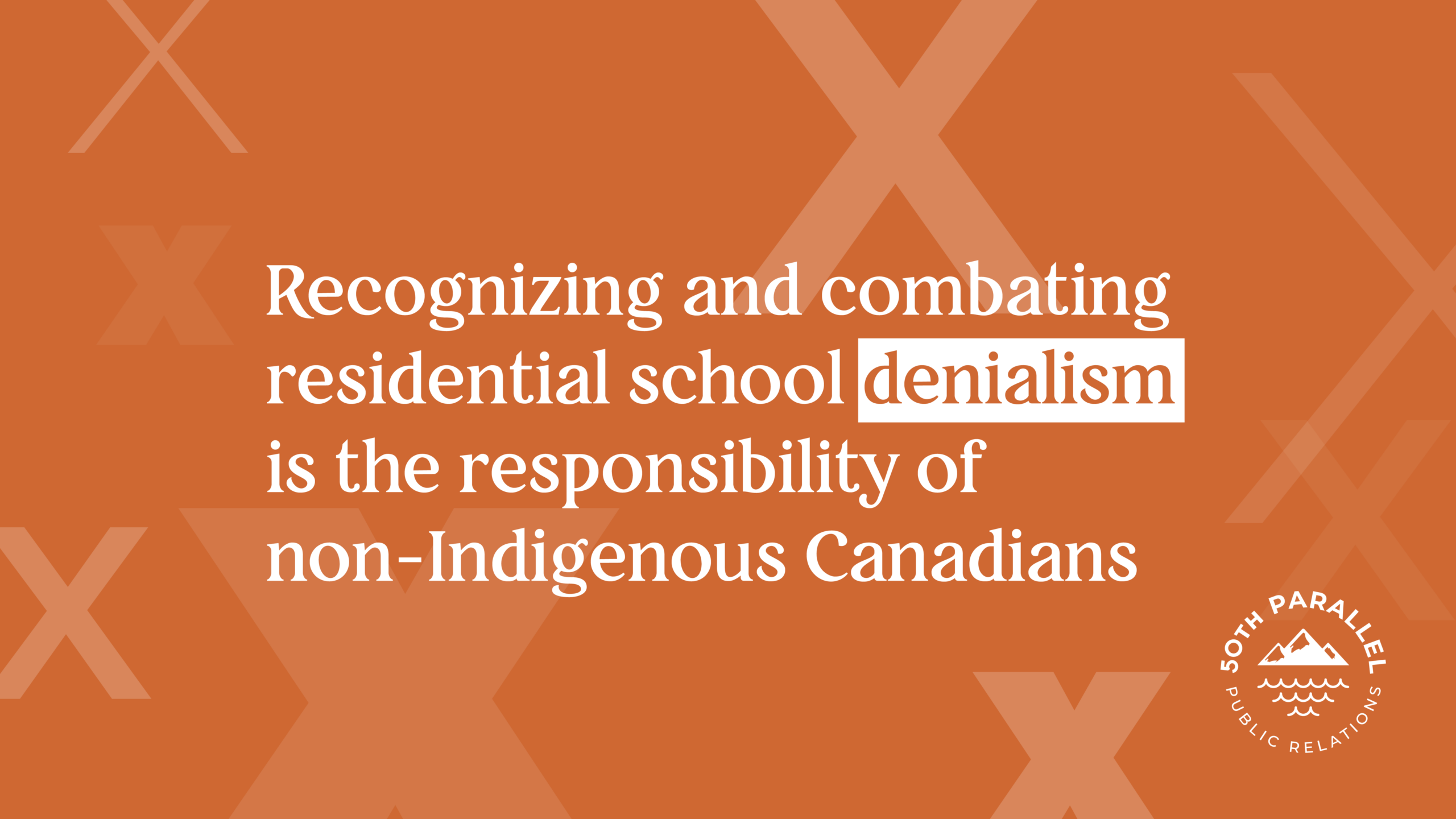This month, Indigenous and non-Indigenous communities will be honouring the third National Day for Truth and Reconciliation on Sept. 30. This day also marks Orange Shirt Day, established in 2013 by Phyllis (Jack) Webstad to raise awareness about residential schools. As non-Indigenous people working with Indigenous communities, we recognize the ongoing need to practice openness, listening and humility and acknowledge that one way to practice reconciliation is to learn about Indigenous history and the impacts of the residential school system. Keep reading to learn more about the significance of this day and why it’s important that non-Indigenous people should honour it.
Orange Shirt Day is an Indigenous-led grassroots commemorative day inspired by Phyllis Webstad, who was gifted an orange shirt for her first day of school by her grandmother. But, on her first day at residential school, her clothes were taken away from her – including the orange shirt. While the shirt was never returned to her, the colour orange always reminded Phyllis of her experience at residential school. Launched in 2013 in Williams Lake, Orange Shirt Day (Sept. 30) aims to educate and raise awareness about the tragic legacy of residential schools and the experience of all children who were taken from their families and placed there.
Every year, Indigenous and non-Indigenous people wear orange T-shirts in support of Orange Shirt Day and raise awareness of the truth that “Every Child Matters.” This slogan and message honours the children that were lost and symbolizes that every child is important, including those who lost their lives and the adults who survived the residential school system and are still healing. The T-shirts symbolize the ripping away of culture as well as the loss of freedom and the effect on self-esteem experienced by Indigenous children for generations.
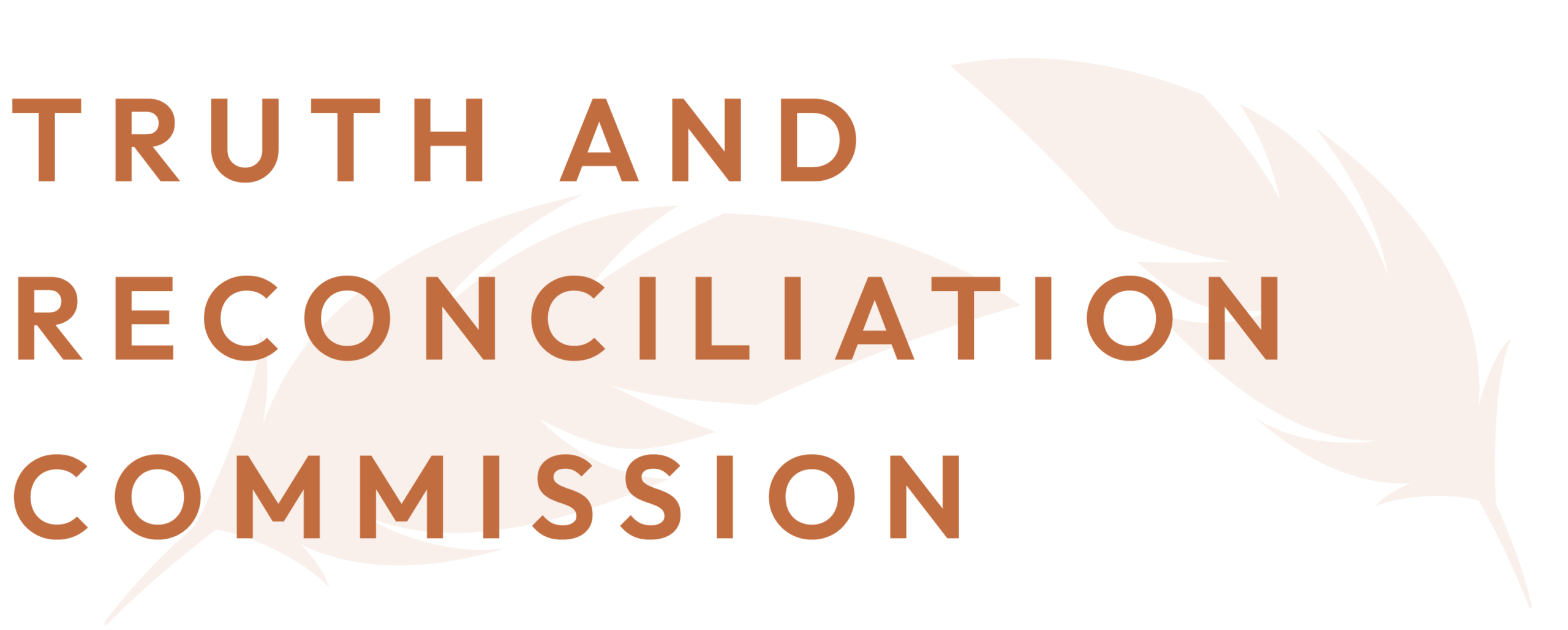
The Truth and Reconciliation Commission of Canada (TRC) was established in 2007 as part of the Indian Residential Schools Settlement Agreement (IRSSA), the largest class-action settlement in Canadian history. The TRC was mandated to facilitate reconciliation among former students, their families, their communities and all Canadians. There are seven goals of the TRC. A few of them are noted below and are adapted from Schedule N of the IRSSA.
- Acknowledging the impacts of the residential school system as well as the experiences of those who attended and its consequences, promoting awareness.
- Providing a holistic and culturally appropriate and safe setting for survivors, their families and communities to come forward.
- Promoting awareness and public education of Canadians about the residential school system and its impacts
Of the 94 Calls to Action, just 13 have been completed since the Calls to Action were published in 2015.

Two of the CTAs were completed in 2022 by non-governmental organizations, not the federal government, to review museum and archival policies and their compliance with the United Nations Declaration on the Rights of Indigenous Peoples and United Nations Joinet-Orentlicher Principles. Recommendations are to be provided by both parties.
The current rate of completion of the CTAs by the federal government is less than two per year. With 81 remaining, it would take another 40-plus years to complete them all.
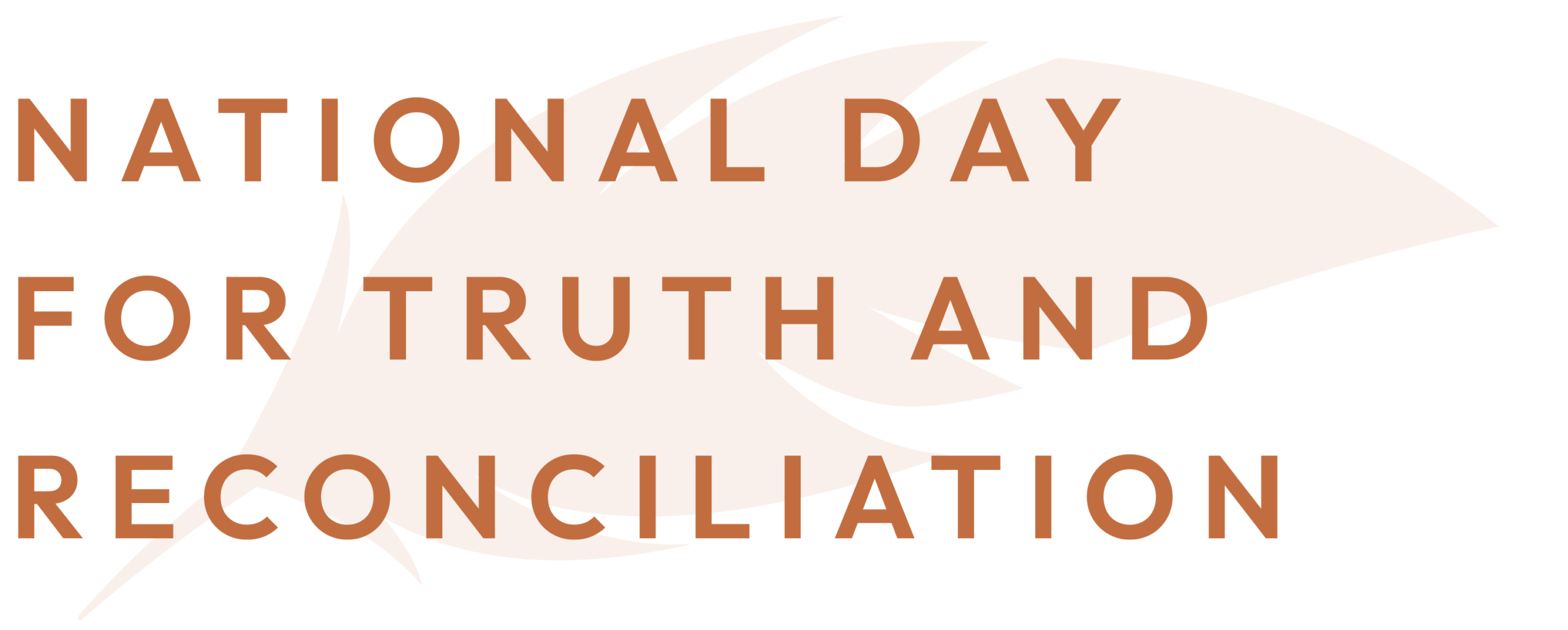
The National Day for Truth and Reconciliation was created in June 2021, fulfilling the Truth and Reconciliation Commission’s (TRC) Call to Action #80. This call to action urged the federal government to establish a national day to honour Indigenous children who were lost and those who survived residential school. In response, the federal government designated Orange Shirt Day (Sept. 30) as a National Day for Truth and Reconciliation. It is a federal statutory holiday.
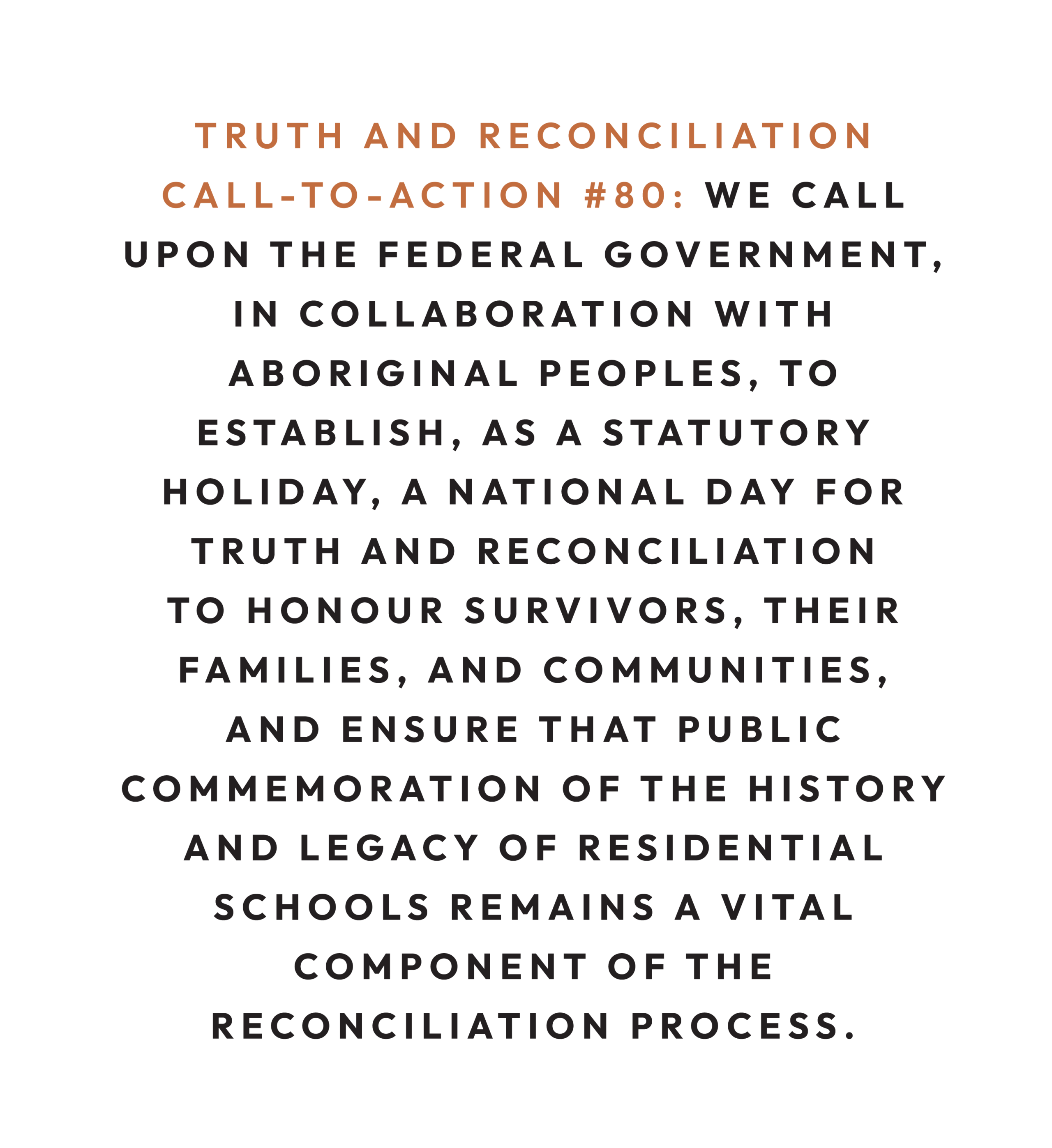
Truth and Reconciliation Call-to-Action #80: We call upon the federal government, in collaboration with Aboriginal peoples, to establish, as a statutory holiday, a National Day for Truth and Reconciliation to honour Survivors, their families, and communities, and ensure that public commemoration of the history and legacy of residential schools remains a vital component of the reconciliation process.
There are many ways to honour the National Day for Truth and Reconciliation. Here are just a few:
- Wear orange to honour the survivors of the residential school system and those who never returned home
- Read the Truth and Reconciliation Commission’s 94 Calls to Action
- Learn about Indigenous history and the residential school system
- Acknowledge the territory on which you live
- Listen to and learn from the Indigenous peoples and communities around you
- Attend a local event or ceremony
- Explore Indigenous arts, music and television
Since the discovery of the remains of 215 children at the site of the former residential school in Kamloops, thousands have been found across Canada. Today, the work to uncover additional potential burial locations, both marked and unmarked, continues in a number of Indigenous communities. This Sept. 30, we encourage you to wear orange and remember those who were lost and those who are still healing.
